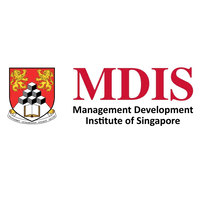Assignment Help & Writing Services Singapore for All Your Academic Needs
Studying in one of the top universities in Singapore? That's a good choice you have made. To be successful, you need to do well in your assignments which can be sometimes challenging for a number of reasons like working on multiple subjects, practical tasks, case studies and presentations. This is where a professional writing service provider like Student Life Saviour Singapore can assist you in completing your assignment with perfection.
We have been helping students with their assignments and essays over a decade. It is all possible because of our quality team of expert writers from diversified subjects. They have to undergo a series of tests aimed at assessing their subject specific knowledge, experience in writing assignments and ability to collaborate with students. Our dedicated experts are ready to help you across all academic levels and courses.
We are a professional assignment writing service company that you can actually afford. Our cheap assignment help starts from SGD 10$ per page and includes various discounts as well while ensuring quality writing assistance. So experience quality writing services from our diversified team of assignment writers. Simply share your requirements through order form on our website. A student friendly portal allows you to manage your assignment details, process payments and connect with experts.
To know more about us, let's have a look at the locations and universities we cover in our assignment writing assistance in Singapore, qualities that makes us best, subjects we can help with, specialities that differentiates us from others, ordering process and finally what other students have to say about our services.

| Choa Chu Kang | Hougang |
| Jurong East | Jurong West |
| Serangoon | Tao Payoh |
| Tampines | Yishun |
















